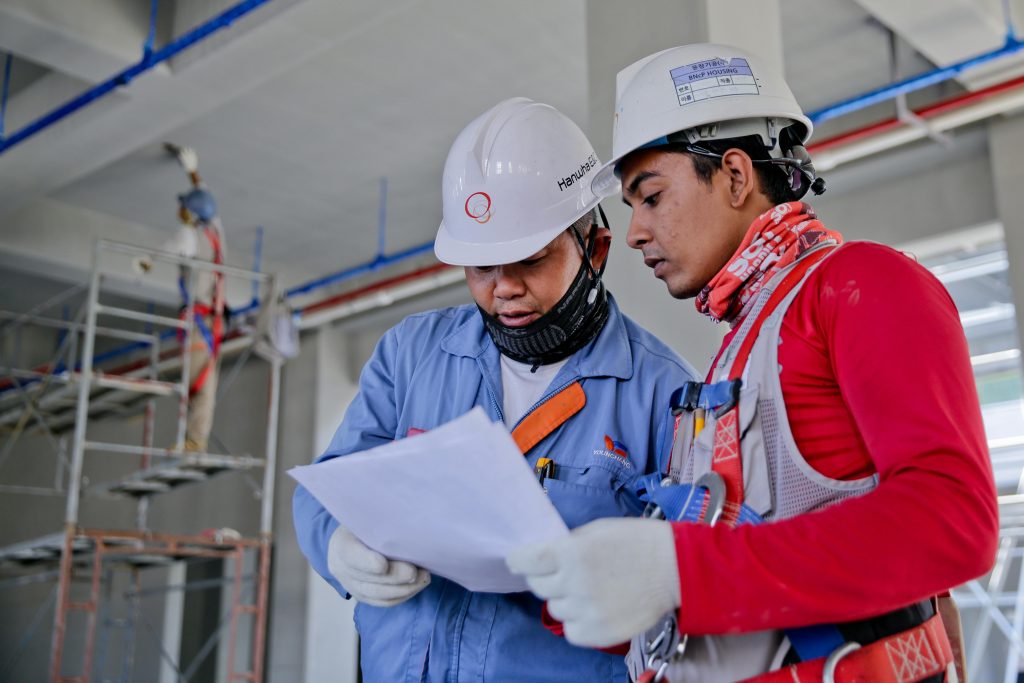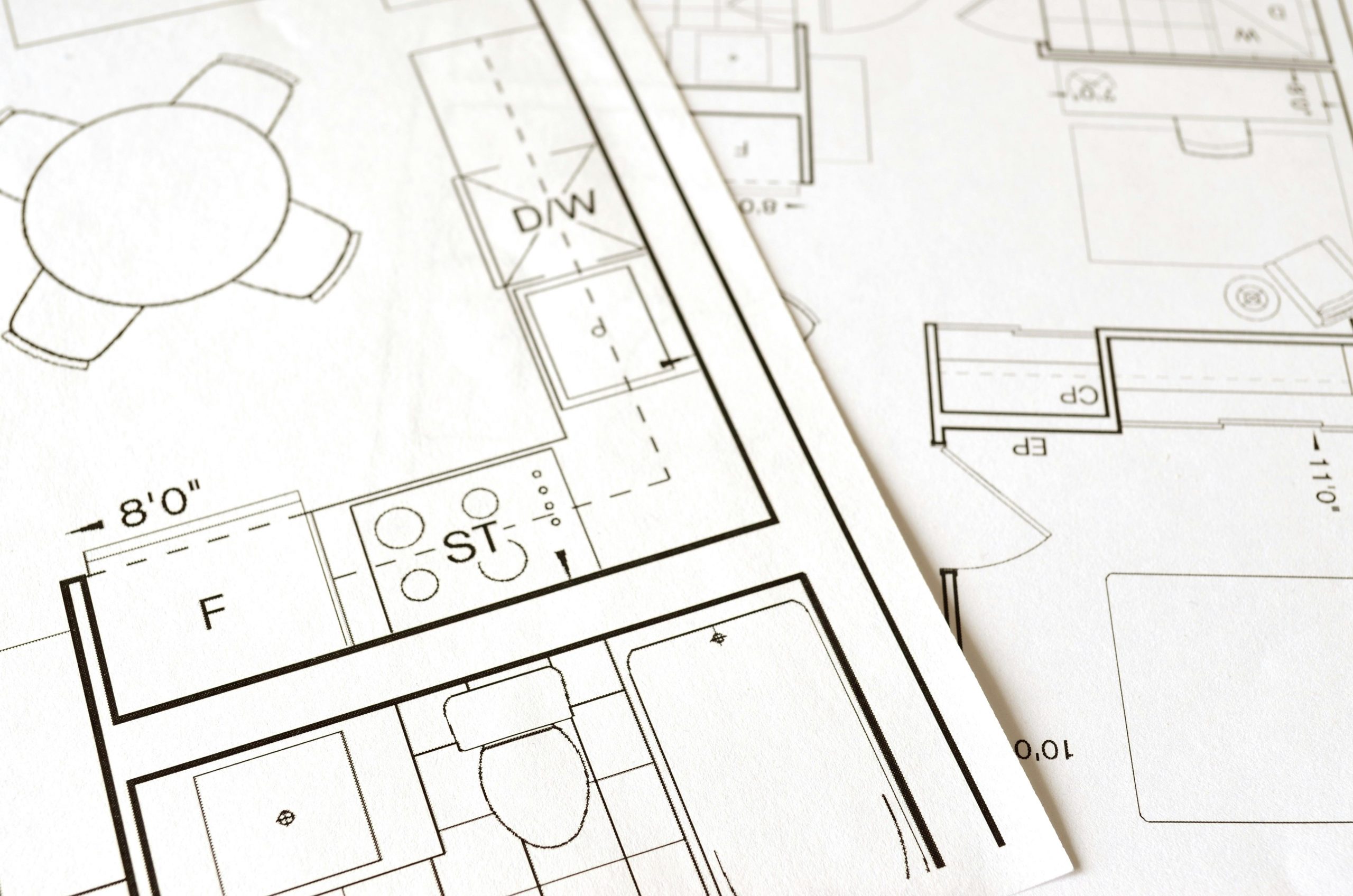
- Safety: Prioritize employee training and inspections to prevent accidents.
- Logistics: Optimize material delivery and use technology for more efficient site planning.
- Communication: Establish clear workplace protocols and foster collaboration among all stakeholders.
- Risk Management: Identify and address potential equipment risks early and invest in quality-control measures.
- Sustainability: Adopt eco-friendly practices and comply with regulations to minimize environmental obstacles.
Construction sites are dynamic environments where countless tasks are coordinated daily to bring projects to fruition. However, these sites are also rife with potential obstacles that can hinder progress, compromise safety, and inflate costs. From logistical challenges to regulatory compliance, navigating these hurdles requires careful planning and proactive measures. This article will explore five essential tips for minimizing obstacles on your construction site, ensuring smoother operations, improved safety, and enhanced efficiency.
Prioritize Safety Measures
Implement Comprehensive Training Programs
Ensuring that all personnel are adequately trained in safety protocols is paramount to reducing accidents and injuries on construction sites. Regular training sessions should cover topics such as hazard identification, proper equipment operation, emergency procedures, and the correct use of personal protective equipment (PPE).

Conduct Regular Safety Inspections
Frequent safety inspections can help identify potential hazards before they escalate into serious incidents. Assign designated personnel to conduct thorough inspections of the site, machinery, and equipment on a regular basis. Address any issues promptly to maintain a safe working environment for all workers. This will also make the space safer for other stakeholders.
Optimize Site Logistics
Streamline Material Delivery Processes
Efficient material delivery is crucial for maintaining project timelines and minimizing disruptions. Coordinate closely with suppliers to schedule deliveries during off-peak hours to avoid congestion on-site. Implement just-in-time delivery strategies whenever possible to reduce the need for excessive on-site storage and minimize clutter.
Utilize Technology for Site Planning
Harness the power of technology to optimize site layout and logistics. Utilize Building Information Modeling (BIM) software to create detailed 3D models of the construction site, enabling better planning and coordination among different trades. Additionally, consider implementing real-time tracking systems for equipment and materials to enhance visibility and minimize delays.

Enhance Communication Channels
Establish Clear Communication Protocols
Effective communication is the cornerstone of successful construction projects. Establish clear channels for communication and ensure that all team members understand their roles and responsibilities. Regularly scheduled meetings so everyone is always updated. You should consider using digital communication platforms for daily briefings to help keep everyone informed and aligned.
Foster Collaboration Among Stakeholders
Encourage collaboration and open dialogue among all project stakeholders, including architects, engineers, contractors, and subcontractors. Foster a culture of teamwork and transparency to facilitate problem-solving and decision-making processes. By working together towards common goals, potential obstacles can be addressed more effectively.
Proactively Manage Risks
Identify Equipment Risks Early
Conduct thorough equipment risk assessments at every project stage to identify potential obstacles and hazards. For example, a rough terrain crane may be good for large sites, but you may buy a self-erecting tower crane that takes up less space but offers a large reach. By proactively addressing risks and making changes, you can enhance safety.
Invest in Quality Control Measures
Maintaining high standards of quality throughout the construction process is essential for avoiding costly rework and delays. Implement rigorous quality control procedures to monitor workmanship, materials, and construction techniques. Regular inspections and testing can help identify issues early on, allowing for timely corrections and ensuring compliance with project specifications.
Prioritize Environmental Sustainability
Adopt Sustainable Construction Practices
Incorporating environmentally friendly practices into your construction processes not only reduces your environmental footprint but can also lead to cost savings and regulatory compliance. Explore options such as using recycled materials, implementing energy-efficient designs, and minimizing waste generation. By prioritizing sustainability, you can mitigate potential environmental obstacles and contribute to a greener future.
Comply with Regulatory Requirements
Stay abreast of local, state, and federal regulations pertaining to environmental protection and sustainability in construction. Ensure that your project adheres to all applicable laws and standards, obtaining necessary permits and approvals as required. By proactively addressing regulatory requirements, you can avoid costly fines and delays that may arise from non-compliance.
Adopting a comprehensive approach is crucial for success in the dynamic realm of construction, where challenges abound. By following the five key principles outlined in this article – prioritizing safety, optimizing logistics, enhancing communication, managing risks, and prioritizing environmental sustainability – construction professionals can navigate the complexities of their projects with confidence and efficiency. These strategies mitigate obstacles and foster a culture of proactive problem-solving and continuous improvement within the construction industry. As the industry looks to the future, embrace innovation and collaboration, recognizing that by working together, construction businesses can build safer, more sustainable, and resilient communities for generations to come.
